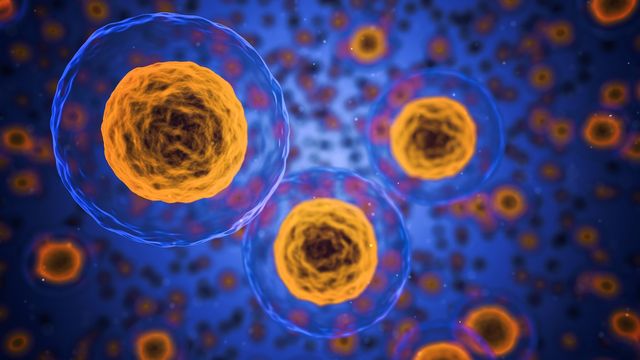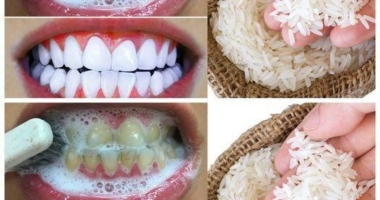Researchers at the University of Wisconsin-Madison have identified a subset of T cells called double positive T cells (DPTs) that can predict the risk of graft-versus-host disease (GVHD) and relapse in patients undergoing bone marrow transplants. The team identified five biomarkers, including DPTs, that can be merged into a machine learning algorithm to output a risk prediction model. Targeting these biomarkers will help reduce the number of life-threatening complications that patients experience post-transplant. The team is working on developing a targeted depletion strategy and prediction model to bring this discovery to the clinic.
DPTs have been found in a variety of chronic human inflammatory diseases, indicating that this is not specific to GVHD, but rather a wider phenomenon that researchers have not appreciated before. The study won a Best Abstracts Award from the American Society for Transplantation and Cellular Therapy and was presented at the American Association of Immunologists and ECOG-ACRIN conferences.
The Carbone Cancer Center has made significant strides in making bone marrow transplants safer and more effective by identifying the cell population responsible for graft versus host disease (GVHD), a life-threatening complication that is common in patients with relapsed blood cancers. In an allogenic bone marrow transplant, healthy donor cells replace a patient’s immune cells, which can cause GVHD when the donor T cells attack the recipient’s healthy cells. Although GVHD is a well-known complication, the exact T cell population causing it has not been identified until now. According to Nicholas Hess, the lead author of the study and a scientist at the University of Wisconsin-Madison’s Carbone Cancer Center, “all our treatment regimens generally impacted the entire T cell population,” making targeting the T cells difficult. However, Hess and his collaborators have identified CD4/CD8 double positive T cells as the cause of GVHD in immunodeficient mice, which was further validated by directly investigating human patient samples. This breakthrough in identifying the specific T cell population causing GVHD could result in more targeted treatment regimens, which will help reduce the number of life-threatening complications that patients experience post-transplant.
Researchers at the University of Wisconsin–Madison have identified a new biomarker that can help predict the risk of graft-versus-host disease (GVHD) and relapse in patients undergoing bone marrow transplants. The biomarker identified is a subset of T cells called double positive T cells (DPTs). In a study that looked at over 400 clinical samples from 35 patients, the team found that DPTs were predictive of GVHD and four other biomarkers were predictive of both GVHD and relapse. The next step is to merge these biomarkers into a machine learning algorithm that can output a risk prediction model, which clinicians can use to understand a patient’s risk of GVHD and relapse.
According to Nicholas Hess, the lead author of the study and a scientist at the University of Wisconsin-Madison’s Carbone Cancer Center, this biomarker research and the ability to identify patients at risk will potentially enable clinicians to treat them before they have all the detrimental effects of the disease. Developing a targeted depletion strategy and prediction model will be the key step in bringing this discovery to the clinic.
The study won a Best Abstracts Award from the American Society for Transplantation and Cellular Therapy and was presented at the American Association of Immunologists and ECOG-ACRIN conferences. The findings’ potential impact beyond blood cancer and transplantation has created excitement. DPTs have been found in a variety of chronic human inflammatory diseases, indicating that this is not specific to GVHD, but rather a wider phenomenon that these human T cells are doing that researchers have not appreciated before.
The team of physicians and scientists at UW–Madison is now working on ways to address problematic cells in patients while leaving healthy and helpful T cells to flourish. Hess is excited about the potential of taking something discovered in the lab and translating it to the clinic, which he believes is the ultimate goal in his life.
Don’t miss interesting posts on Famousbio









